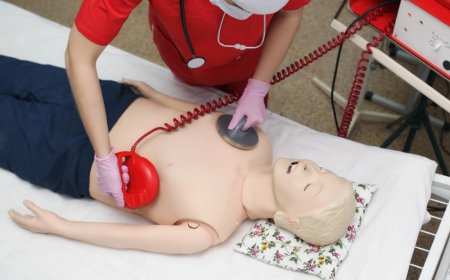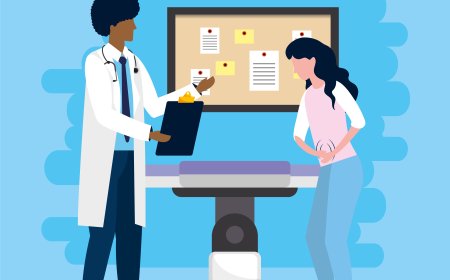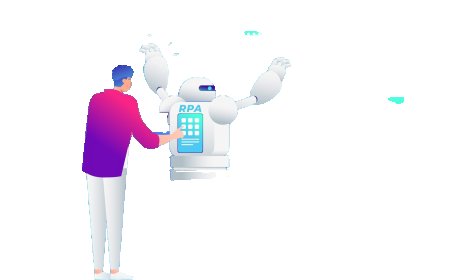- Understand the core principles of mechatronics and robotics, including the synergy between mechanical, electrical, and computer systems.
- Gain hands-on experience in designing and programming robotic systems with actuators, sensors, and controllers.
- Learn how to develop automation solutions for manufacturing processes using mechatronic and robotic principles.
- Apply motion control and precision techniques to optimize robotic performance and task execution.
- Receive feedback on robot efficiency, precision, and task performance to enhance system design and functionality.
imaginX is used by many amazing schools and universities
University / College

























